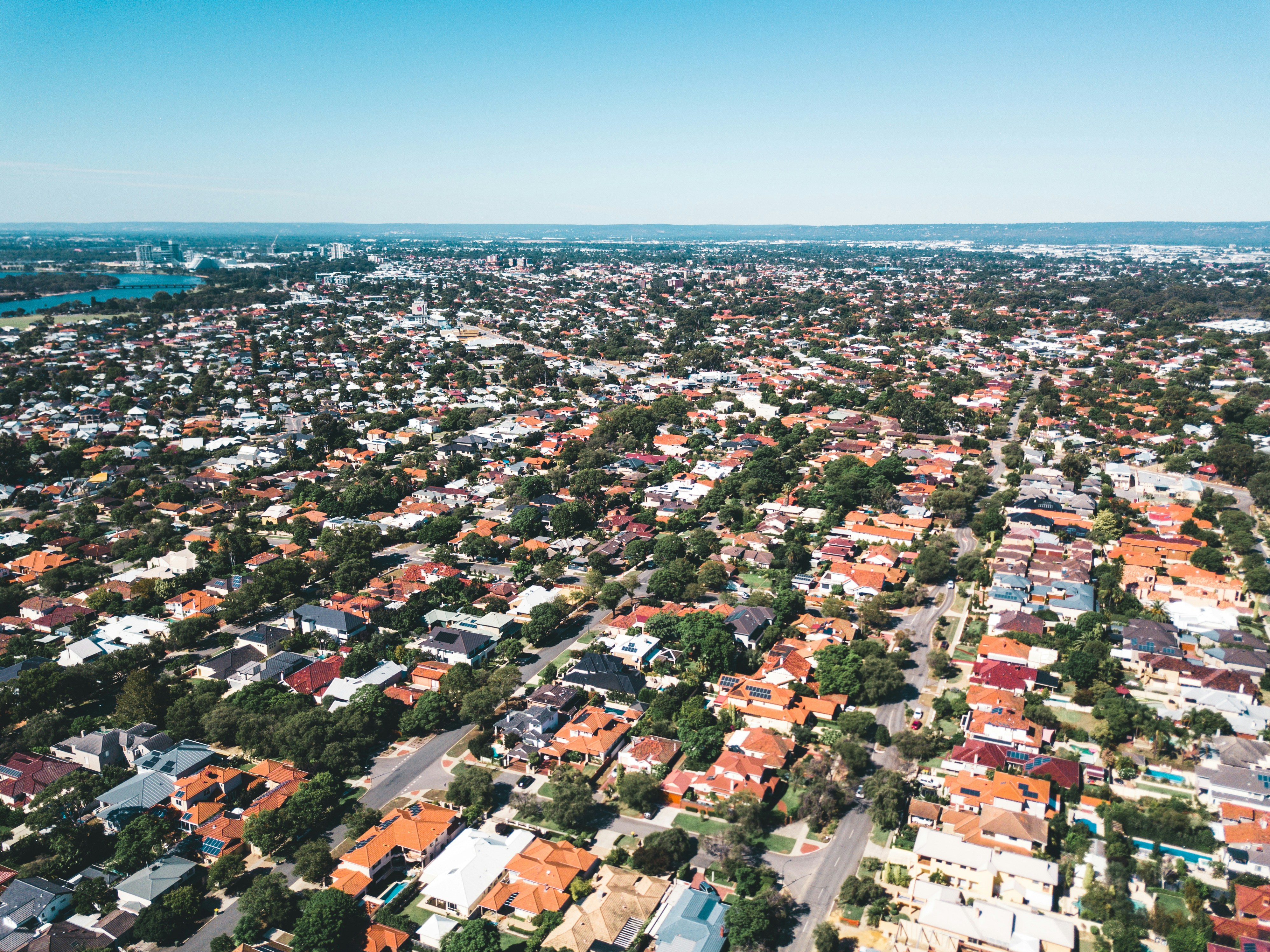Property owners have been relieved to see relatively mild price drops amid COVID-19, but many investors and market watchers are closely tracking another metric: rents. Rents are effectively what an investor will earn from their hard-earned assets, so it makes sense to monitor rental movements.
The RBA recently published a report on how the rental market has been impacted by COVID-19, and the findings are significant.
“The COVID-19 pandemic is an unprecedented shock to the rental housing market, reducing demand for rental properties at the same time as supply has increased,” the report wrote.
How COVID-19 has affected rents
As a result, rental values have adjusted “at the fastest pace in several decades”, according to the RBA. Advertised rents have fallen the hardest among units in the inner areas of Sydney and Melbourne – the only capital city areas that saw double digit drops – as they were most affected by the demand and supply changes brought about by the pandemic.
The Melbourne CBD specifically experienced the most noticeable decline in median advertised rents of 13 per cent in the June quarter. In Sydney’s eastern suburbs, Manly on the northern beaches and Leichhardt areas in the inner west, they contracted by more than 10 per cent in the same period.
The RBA highlighted that house rents have not seen as steep a dive as units, which is noteworthy given that the Property Investment Professionals of Australia (PIPA) found that three quarters of those with property investment plans in the next six to 12 months are seeking to buy a freestanding house.
How has COVID-19 affected demand for rental properties?
The coronavirus has dealt a blow to rental property demand, creating a shaky jobs market and forcing the temporary closure of many heavily affected businesses. This has impacted workers in sectors including accommodation & food services and arts & recreations, where workers are twice as likely to rent.
“In the near term, renters with limited savings and who are experiencing job insecurity are likely to reduce their spending on housing,” the report said. It suggested that renting households are tightening their belts and have asked for rent reductions or deferrals. The moratorium on rental evictions has also acted as the catalyst for many landlords and tenants to renegotiate their existing leases.
Demand from international students and migrants has also slowed thanks to the closure of international borders, who represent a substantial portion of renters in Australia, particularly in inner capital city areas. About one in five student visa holders had not stepped foot in the country by late March, the report noted.
How has COVID-19 pushed up supply of rental properties?
On the supply front, short-term rentals being listed as long-term ones, plus newly completed homes hitting the market, are a double whammy for the rental market.With international and domestic tourism virtually drying up, landlords who previously relied on travellers for bookings have relisted their short-term accommodation properties as long-term rental homes.
Airbnb accommodation listings tumbled by some 20 per cent between February and March, representing 40,000 properties. These are mostly entire homes or apartments, which could easily be listed as long-term rentals, according to the report.
At the same time, there are concerns that apartments slated to be completed in the next two years could push up long-term rental supply, especially in pockets around the inner city. More than half of apartments facing completion in Melbourne are being developed in the city and surrounding suburbs, while in Sydney the proportion is about a quarter.
The rental market shock could have been a lot worse
Rents have generally fallen across the board due to rental reductions for existing tenants, which has encouraged renters to shop around and consider relocating to pay lower rents. For landlords, this may not be a terrible sign, as it means renters are on the move and searching for properties.
The RBA suggested that government policies, such as JobKeeper, JobSeeker and the early release of superannuation, have helped landlords and renters manage the pandemic’s impacts on the rental market.
“Income support measures have also smoothed the shock by reducing the magnitude of price adjustment needed, and likely reduced the number of tenants breaking leases,” the report wrote.
Looking ahead – what a rental market recovery could look like
Over the coming years, rent growth in many areas may remain subdued if there are delays in reopening international borders, which would keep rental demand from international tourists and students low, according to the RBA.
However, if a “controlled reopening” of international borders happens in 2021, rental demand is tipped to rebound in inner Sydney and Melbourne.
Some properties which were originally holiday rentals may even return to the short-term accommodation market if domestic tourism and business travel takes off again, taking the pressure off the long-term rental market. These factors, dependent on Australia’s progress in managing the pandemic, would likely drive rents back up.












